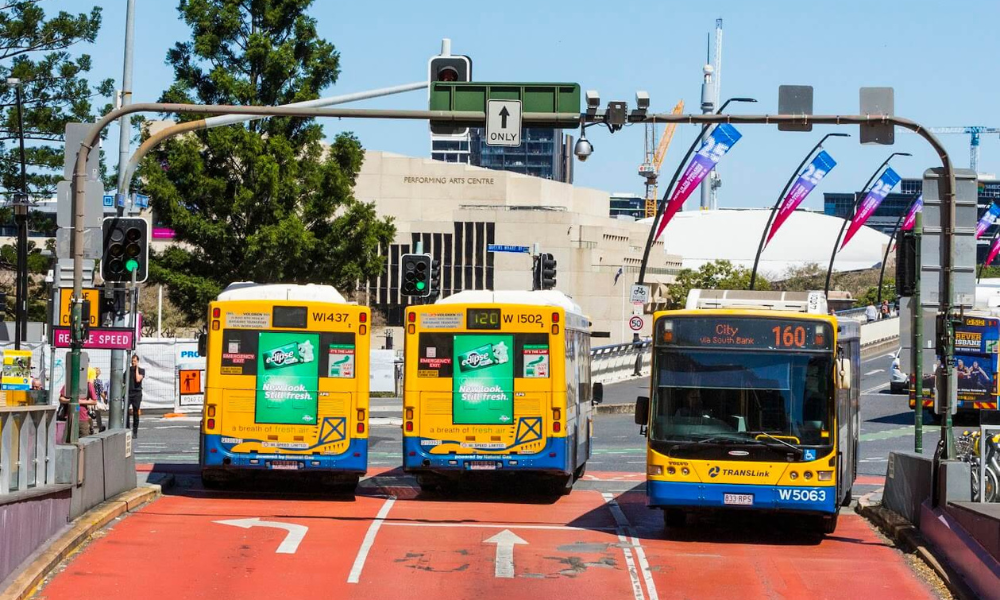RACQ tracks impact of reduced public transport fares

RACQ tracks impact of reduced public transport fares | Insurance Business Australia
Motor & Fleet
RACQ tracks impact of reduced public transport fares
Company outlines recommendations to improve public transport
Motor & Fleet
By
Roxanne Libatique
The Royal Automobile Club of Queensland (RACQ) is closely observing the impact of newly introduced 50-cent public transport fares in South East Queensland (SEQ).
According to recent RACQ research, 58% of surveyed commuters in the region said the reduced fares would likely lead them to use public transport more often, especially among current frequent users.
However, the study also found that nearly 30% of respondents felt that the current public transport system did not adequately meet their needs.
Fare reduction initiative in South East Queensland
The fare reduction initiative – which began Monday – is a six-month trial intended to gauge its effect on public transport usage.
During this trial period, commuters can access all SEQ Translink services – including buses, trains, ferries, and trams – as well as regional Translink buses, for 50 cents per trip. A round-trip will thus cost $1, and Airtrain fares will also be reduced by half, with a ticket from Brisbane city to the airport priced at $10.95.
How to improve public transport in South East Queensland
Kane emphasised that focusing solely on affordability is insufficient for the long term.
“The focus cannot end after six months; cost is the easiest hurdle to overcome,” he said. “There will be surges in patronage for particular routes and services, and [RACQ] was keen to monitor which are most in demand and how they cope.
“Six months of patronage data will provide important insights which must be used to shape long-term decision making around fare reform and how services can be improved.”
Kane also stressed the importance of comprehensive government planning to develop a more robust public transport system in SEQ.
“We need the government to plan and build a public transport system that more Queenslanders are able and want to use for the long term,” he said. “This includes better infrastructure, higher-frequency and faster rail services, and overhauling bus services with more direct, high-frequency services.”
Related Stories
Keep up with the latest news and events
Join our mailing list, it’s free!






